Game-O-Gami’s David Sanhueza Talks Goblins Drool, Fairies Rule! and Digital Games
Goblins Drool, Fairies Rule!
CG: First: Goblins Drool, Fairies Rule! How much thought went into fairy vs. faery or faerie?
DS: A bit, actually. Originally, being the fantasy nerd that I am, I spelled it “Faery / Faeries”. But a friend of mine suggested that “Fairy/Fairies” would be more familiar to a broader audience. He’s a smart guy, and I agreed, so there you have it.
CG: Please tell me that I’m not the only one that inverts the name and messes it up, Fairies Rule, Goblins Drool, Goblins Rule, Fairies Drool, etc.
DS: Yeah… it’s a mouthful. I knew it would be rough because even I have a hard time saying it sometimes, haha. So yes, you’re not the only one who gets the name mixed up. I tried coming up with some other names, but “Goblins Drool, Fairies Rule!” just felt right for the game. And it’s good branding too, because even when people screw the name up, you still know what they’re talking about.
CG: How did you decide on the number of cards in the pack?
DS: It came about mathematically. The whole game is based on a matrix of stats: Side (fairy or goblin), Rhyme Group, and Symbol. 2 Sides x 5 Rhyme Groups x 4 Symbols = 40 characters. 2 characters per side, so 20 cards. 4 cards per player made for a quick, fun game. And this worked out well for a game up to 4 players (with the last 4 cards going into the Fairy Ring.)
I think at one point it might have been 30 cards (by having 6 symbols instead of 4) and been up to 5 players, with each player getting 5 cards (and 5 in the middle.) But with so many symbols, the game was too easy and more unpredictable at the same time.
CG: What’s your personal favorite goblin or fairy?
DS: Concept wise, I love Earwax Stew and Goblin Soup. They’re silly and delightfully gross, and I’m glad the illustrations turned out so well for those two. Also, Kokopelli, who has quickly become a fan-favorite. The line art for Cringe and Cower and Poppy Smock are just awesome. And the colors of Pixie Power and Salamander Snoop came out beautifully. Mike really did a tremendous job on all of the characters for the game, but to me, these ones stand out.
CG: Were there any goblin names you had to eliminate? I forget if there is a Poop in there.
DS: Haha, nothing gross… just some incorrect rhymes. For example, “Hiccup Howler” used to be part of the same group as “Dusty Dour” and “Cringe and Cower”. That kind of rhymes, but isn’t a true rhyme, so it got changed to “Needs a Shower”.
CG: When you watch gamers play your game, how easy is it to read their strategy or see whether they even have one?
DS: Pretty easy, since many players tend to strategize out-loud. It’s not just with GDFR!, either. Often when I play other board and card games, I observe that people like to talk about their strategies. Sometimes gloating, sometimes complaining, or sometimes just trying to reason things out to themselves. It’s part of what makes tabletop gaming so social.
CG: How did you connect with Game Salute and when will Goblins Drool, Fairies Rule! be available in stores?
DS: I contacted Game Salute directly with a phone call back in January. I had seen their stamp on a few other game company websites, and later listened to a podcast interview with their CEO, Dan Yarrington. After a couple of conversations over the next few months, and sending them an early demo copy of GDFR!, we signed a support agreement and got to work on getting the game ready for Kickstarter.
Goblins Drool, Fairies Rule! will arrive in stores by December of this year.
CG: With the successful Kickstarter-funding of Goblins Drool, Fairies Rule!, is there anything you would have done differently?
DS: One of the things we owe the success on Kickstarter to, is all of the very positive reviews that the game received. Each time a review was posted on a site like Geek Dad or The Dice Tower, our pledges spiked for the next 2-3 days. Unfortunately, we had very few copies of the game ready when the project launched. More copies were printed, but not until mid-way through the campaign which gave us very little time to get them out to reviewers. I believe we could have done even better if we had printed many more copies and mailed them out a week or two before the campaign even started.
[The Game Whisperer has an informative podcast interview with David Sanhueza that further details his successful Kickstarter campaign, including details on shipping, the goal of $5000, and more on the game’s scratch-n-sniff inspiration.]
David Sanhueza’s Gaming Background
CG: Backing up, what’s your background as a gamer?
DS: I’ve been playing all sorts of games for as long as I can remember. As a kid, I really got into video games around age 6. I spent countless hours playing games at arcades, on my Atari 2600, and my Commodore 64. When I got a little older, I started playing lots of board games with my family, like Battleship, Risk, and Chess. I went through an RPG phase, and then a CCG phase. They weren’t just fun, they really inspired my imagination.
CG: What games did you play during those phases?
DS: For RPGs, it was Teenage Mutant Ninja Turtles and Other Strangeness, Champions, and the Amber Diceless Role-Playing Game that I loved and played the most. Also some World of Darkness games. I used to spend hours and hours simply reading other RPG books, like AD&D, even without ever actually playing them. Great for the imagination.
For CCGs, Magic: the Gathering, of course. Also Jyhad (Vampire), Star Wars, Middle Earth, and Rage. Loved the visceral style of Rage. And that feel of quick and brutal combat is the inspiration for another card game that I’ve been working on for a while now.
More recently, I got back into playing board and card games like Dominion, Carcassonne, Stone Age, and Samurai. And of course, I still love video games.
CG: Is this Konstantin Krivenko and Richard Borg’s Samurai Battles from Zvezda?
DS: No, it’s the Reiner Knizia board game Samurai. Very elegant game.
CG: How did you get into the computer game industry in 1998 and where did you study animation/art?
DS: I studied animation at Northeastern University, in Boston. One of the great things about NU is their co-op program, which requires students to work paid internships with companies in their field of study. On one of these co-op assignments found me working at Turbine Entertainment as a playtester on Asheron’s Call, an MMO game they were developing at the time. It was a great job, and I learned so much about game development and the industry from my time there, even though I didn’t get to do any animation.
The first job where I really got to apply the skills I had been studying came after college. In 2003, I landed a position as a 3D artist at Stainless Steel Studios. I got to work on some pretty awesome games, like Empires and Rise & Fall. Also made some of the best friends I’ve ever had there.
CG: What specifically did you do as an 3D artist, character designs? Backgrounds?
DS: As a 3D artist in a small-to-medium-sized game dev studio, you often end up juggling a variety of roles depending on the needs of the project you’re working on. I created model and textures for environment objects as well as characters. I did a lot of character animation, which I love, including doing the technical setup. I even scripted and animated full 3D cinematic sequences. Later, I moved into management roles directing and mentoring other artists.
Game Design and Game-O-Gami
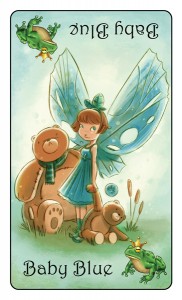 CG: What goes on at the Game Developers Conference?
CG: What goes on at the Game Developers Conference?
DS: The GDC is the biggest annual conference where computer/video game developers meet up to talk shop. There are seminars and round-tables where industry professionals talk about development techniques and business practices related to making games. There are floor-shows where companies promote their services and new games get played. A lot of networking and publishing deals go down as well.
CG: What new game did I see you playtesting the other night at the Vegas Board Games Meetup? Was this Deck Tactics?
DS: It’s a deck-building strategy game based around mythology. In the game, you and your opponents build your own dream-teams of gods, heroes, and monsters. Clever placement of your characters allows you to turn your opponent’s forces against them, and use them to build up your deck in successive rounds. And of course, your opponents are trying to do the same to you.
The working title was “Deck Tactics”, yes. Virtually everyone I’ve talked to has agreed that this is a horrible name, haha. So the working title has changed to, “Legends At War”, as you can see on the GAME-O-GAMI website. Whether that will or will not be the final name for the game, I’m going to leave up to our followers. On BoardGameGeek.com, and on our own website, the community will be given the chance to suggest names and then vote on which title finally gets used.
CG: How does being an artist yourself help you in your game design? Would you have ever drawn the cards for GDFR! yourself rather than having Mike Maihack do them?
DS: It helps immensely. I’m able to do the art direction and graphic design on my games, which are important aspects to a good game that sometimes go overlooked. My experience also allows me to communicate clearly with other artists, which is incredibly important when it comes to developing a cohesive vision and making sure illustrations get done without needing a lot of revisions.
For a long time, I considered drawing the characters for GDFR! myself. I would have loved doing that. But in the end, I had to embrace my limitations. GAME-O-GAMI is a brand new company, and I am the founder. That means I am the full-time designer, producer, chief financial officer, webmaster, art director, and marketing guy. So getting someone as talented as Mike Maihack, whose natural art style fit so perfectly with the soul of this game, to take on those illustrations was a godsend. The quality of the artwork in my games is so important to me. Choosing the right artists for each project allows me to proceed with confidence and focus on the many, many other tasks that need to get done. That said, I would love to sneak some of my own art in here and there if I found the time, and Legends At War might give me the opportunity to do that.
CG: What platform are your digital games going to be on? Is this playing Goblins Drool, Fairies Rule on Facebook or would this be an app for smart phones and pad devices? Console games?
DS: Initially, we’ll be creating games for smart phones and tablets: namely the iPhone, iPad, and Android platforms. There’s a good chance that those games will be released on PC shortly afterwards, through platforms like Steam. I have a lot of fun ideas for console games that I am excited about, but that’s at least a few years away. Baby steps.
CG: Will GDFR necessarily be the first digital release or is that still up in the air?
DS: Probably not. Although I can’t talk about it yet, there are other things in the works.
CG: Will your electronic games be developed in-house?
DS: They will be developed partly in-house, and partly with outside contractors. This allows me to focus on what I’m good at, and find the right people to take care of the rest.
Thank you for taking the time for this interview! I look forward to bringing more fun games to light in the future.
All images copyright Game-O-Gami or David Sanhueza, used with permission.
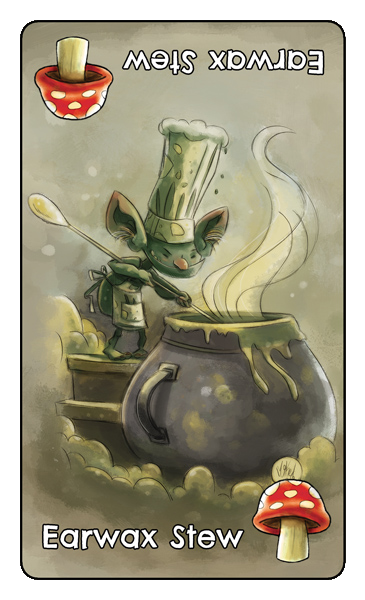

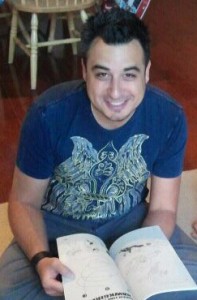
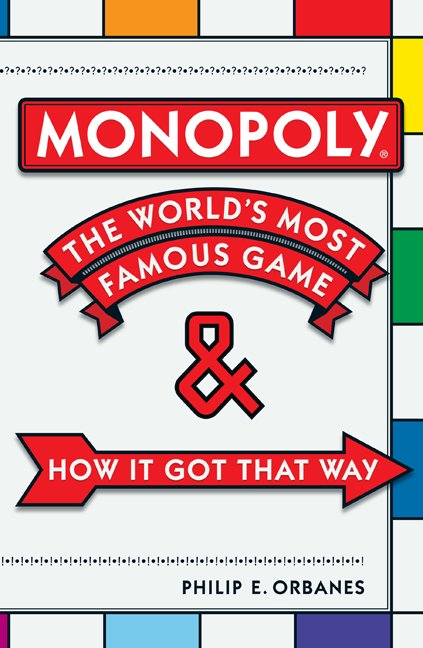
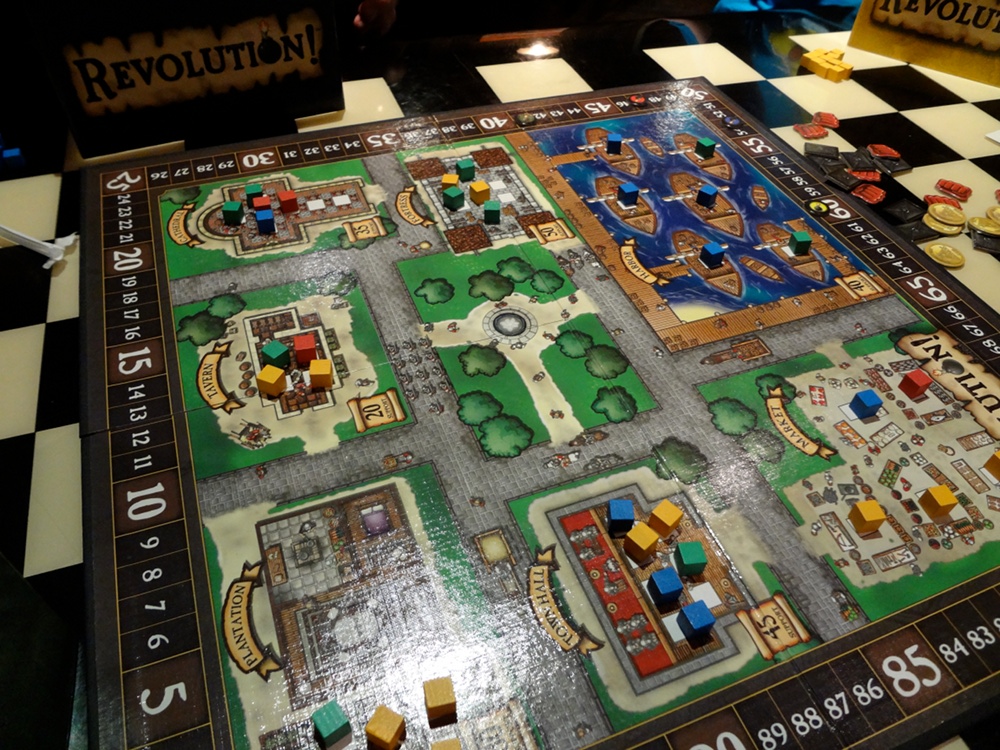
I constantly spent my half an hour to read this blog’s articles or reviews every day along with a mug of coffee.